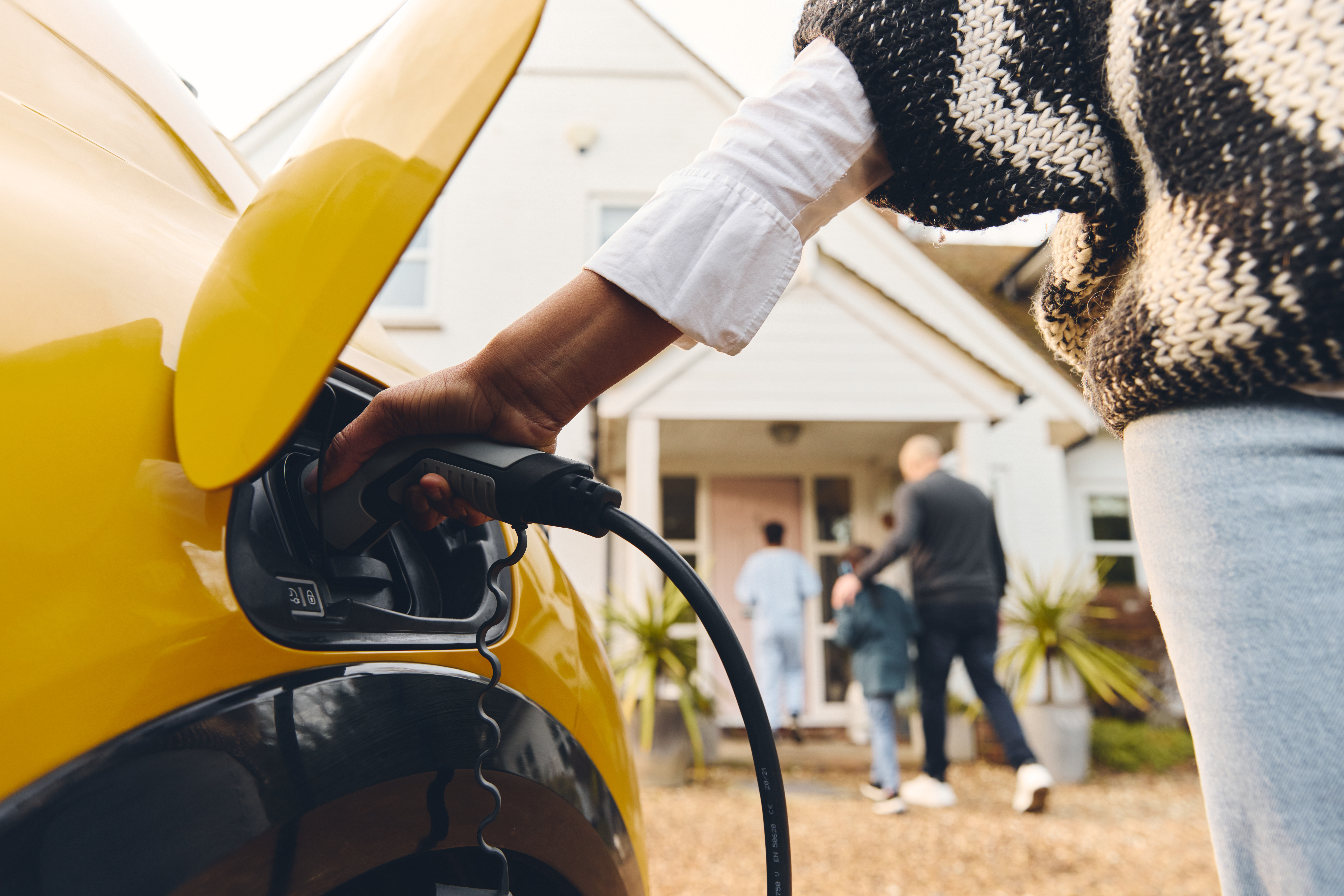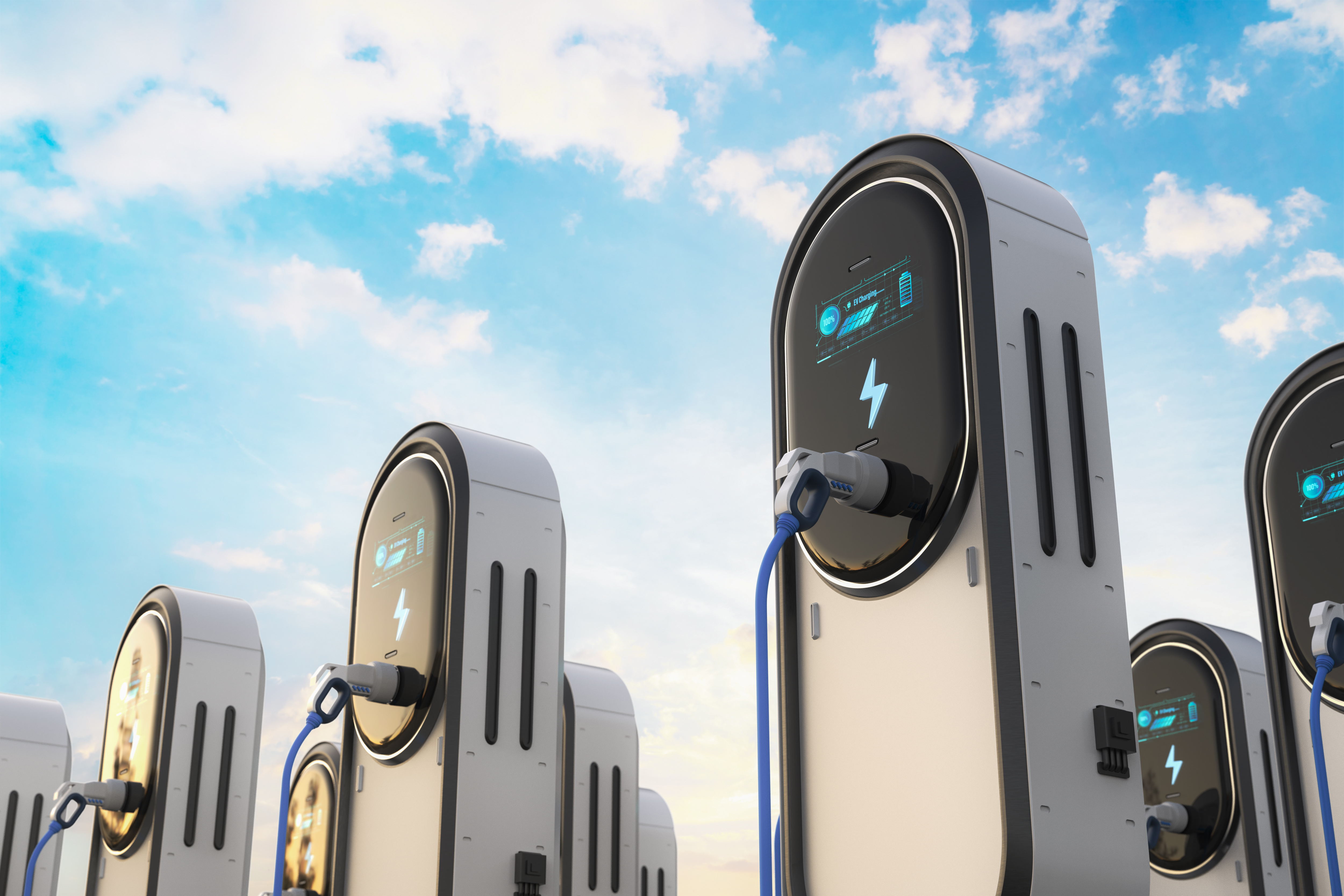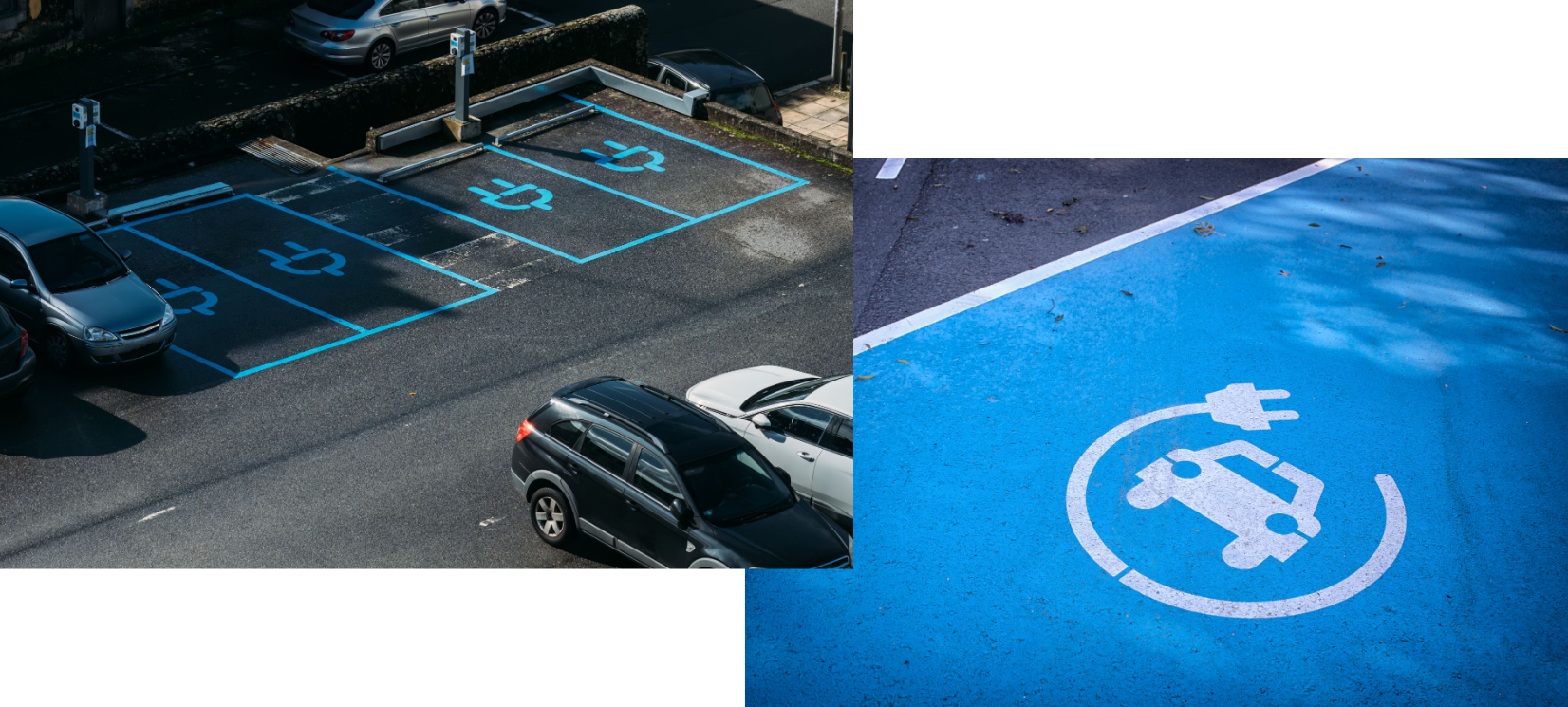
Electric vehicles (EVs) are becoming increasingly popular, and we can understand why. They’re better for the environment and – we're told – better for our wallets. But with the higher starting purchase prices of many EVs, do they really end up saving you money?
In this blog post, we will discuss the current market of EVs, the pros and cons of choosing an electric vehicle for your next car, and how much you might be able to save.
Accelerating in the Market
Electric vehicles have been increasing in popularity in recent years. In 2023, electric cars accounted for 18% of all cars sold, up from 14% in 2022 and only 2% in 2018.1 This significant upward trend indicates that the electric car market will most likely continue to expand.
However, we have to acknowledge the elephant in the room – EVs are generally more expensive to purchase. A new electric car costs an average of $7-17k more than its gas-powered counterpart, depending on the type of vehicle.2 However, just because the average transaction price was much higher, that doesn’t mean that lower-cost options for EVs aren’t available. There are a handful of options below the average transaction price for gas vehicles, and the long-term savings are proving to be worth the extra cost up front.
The Benefits of Switching to an EV
1. No more spending money on gas

Gas prices can be so unpredictable these days, reaching highs without warning due to any number of global conflicts or circumstances. With an EV, you can forget about having to frantically search for the most affordable price per gallon in your area. In most situations, an electric car can be plugged in overnight to charge when you’re not using it, much like you might plug in your phone before going to bed. For faster charging, installing a charger at your home can lead to additional costs, but certain auto loans (like Self-Help's EV loan) will include this addition. This extra cost is also made up for in the amount saved on gas within about a year.

On the other hand, some people may not have access to electric charging at their homes at all (maybe you don't have a designated parking spot or your parking is not near an electrical source). If this is the case for you, it can be a major sticking point when thinking of purchasing an EV. Luckily, with increased consumer demand and the many governments and automakers set to phase out the sale of gas-powered cars by 2035, charging stations will continue to become more frequent and provide faster charges. In urban areas, these charging stations are often found in shopping areas, making it easy to charge while you do your regular shopping or grab a bite to eat.
2. Maintenance is easier (and cheaper)
Because EVs only use a battery and electric motor, they require far less maintenance than gas-powered cars, which have engines, transmissions, and fuel/exhaust systems. Consumer Reports found that EV owners spend half as much money on maintenance and repair than owners of gas-powered vehicles. With an EV, you WON’T have to worry about oil changes, spark plug swaps, timing belt replacements, or any maintenance related to having an engine. Additionally, the cost to repair an EV tends to be about 22% less than the cost to repair a gas-powered vehicle. This is likely since EVs have fewer parts than their gas counterparts.
We should mention that one of the major maintenance costs with EVs is the eventual replacement of the battery. While this cost can vary greatly depending on the type of battery used in the vehicle, it generally comes at a similar mileage and cost to an engine and/or transmission replacement in a gas-powered car.
3. Rebates and tax credits are available
Because of worldwide pledges to create fewer emissions, many governments, including the U.S., are offering incentives for people to purchase EVs over gas-powered cars. One of the ways the U.S. is doing this is through tax credits, rebates, and other programs. The federal government is offering up to $7,500 in tax credits for qualifying EV purchases. There are also additional state and city financial incentives available for people choosing an electric car. Check out this list for the programs offered in your state.
4. Take advantage of the perks

In addition to the financial and environmental perks, there are other advantages to having an EV that are not discussed as often. Here are a couple that you may not have considered:
- Parking – many EV charging stations are near the entrances of stores, businesses, or hotels, meaning that you get to charge and park closer to your destination. Additionally, according to the Kleinman Center for Energy Policy, some cities provide free or discounted parking for EVs at charging stations in municipal garages.
- HOV access – a handful of states offer EVs access to HOV lanes, even if you’re driving solo. This is sometimes indicated with a special sticker on your bumper, depending on the state, and it can be a huge time saver during rush hour.
5. Safety first
EVs are very safe, often exceeding the safety standards of traditional gas-powered vehicles. According to the Electric Car Guide, this is due to a number of reasons, which include:
- Lower center of gravity due to battery placement, providing more stability and reducing the rollover risk
- Larger crumple zones, since there is no engine in the front, providing more space to absorb the energy of a collision
- Reduced fire risk due to a lack of flammable gasoline
6. EVs are better for the environment
We can’t leave out the obvious – switching to an electric vehicle is a better option for our environment, which leads to safer and healthier communities. Yes, there is still substantial carbon pollution produced from the manufacturing of the batteries needed for EVs.
However, after production, EVs often produce significantly less pollution since they don’t require fossil fuel (gas) to run. This is particularly true for anyone using cleaner sources of energy to charge their EVs. According to Earthjustice (based on a study from the Union of Concerned Scientists), “Even if you plugged your EV into the dirtiest power grid in America, your vehicle would still produce less global warming pollution than its gas-powered equivalent.” Materials from the batteries can also be recycled or reused, potentially creating a lower need for mining or battery creation in the future.
So How Much Will You Actually Save in the Long Run?

While creating safer and healthier environments and communities are great reasons to purchase an EV for your next vehicle, we understand that the higher starting price tag can be a barrier. Rest assured that between the savings on gas, maintenance, and rebates, your total cost of ownership for an EV will still be lower than a gas-powered car. The NRDC estimates that on the high end, net savings range from $7,000 to $11,000.
You can also consider a plug-in hybrid electric vehicle (PHEV). These vehicles are often offered the same rebates and will have some gas savings, but with lower initial price tags. Since they also have engines, the maintenance would be more similar to a gas-powered vehicle, but they are still a great option for your wallet and the environment.
For an even lower cost option, consider a pre-owned EV or PHEV. Rebates are also offered on many used EVs and PHEVs, and you get many of the same benefits, but for a much lower cost.
Find Helpful Loans and Programs Near You
At Self-Help, we believe that the benefits of clean energy options like EVs should be accessible to everyone, particularly low-wealth families, rural communities, and people of color who are often most affected by environmental issues like air pollution. That’s why we are offering EV loans with these communities in mind to make the switch to clean energy more affordable for everyone. If you’re interested in creating safer and healthier communities, learn more about our EV loans or our other Green Loans.
Sources